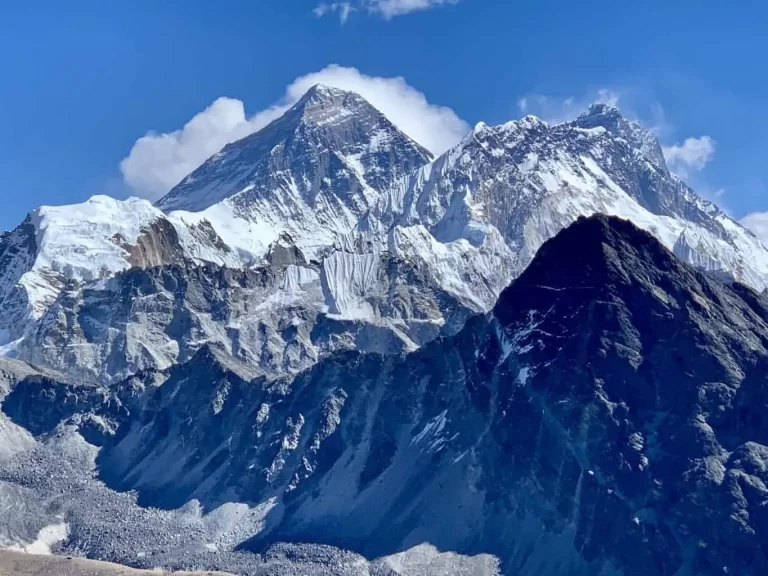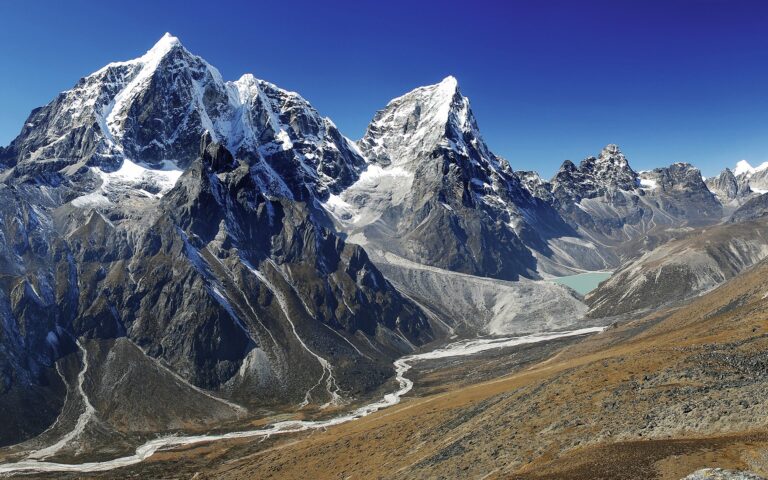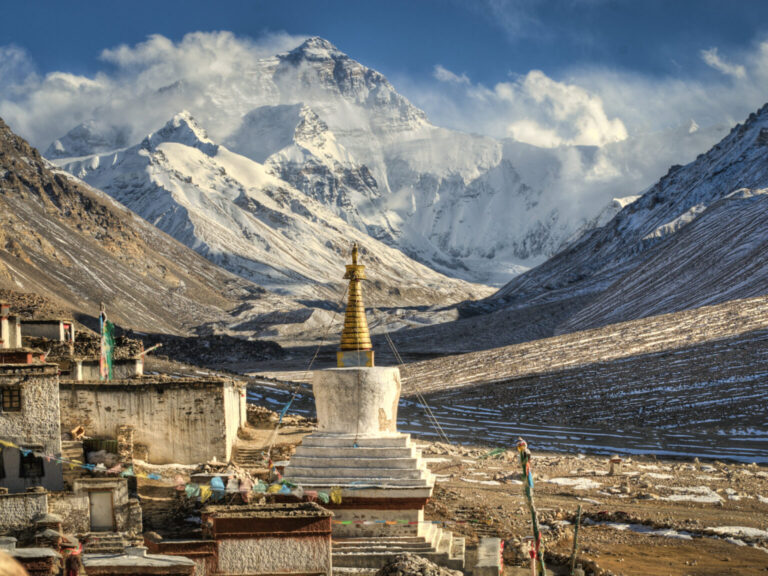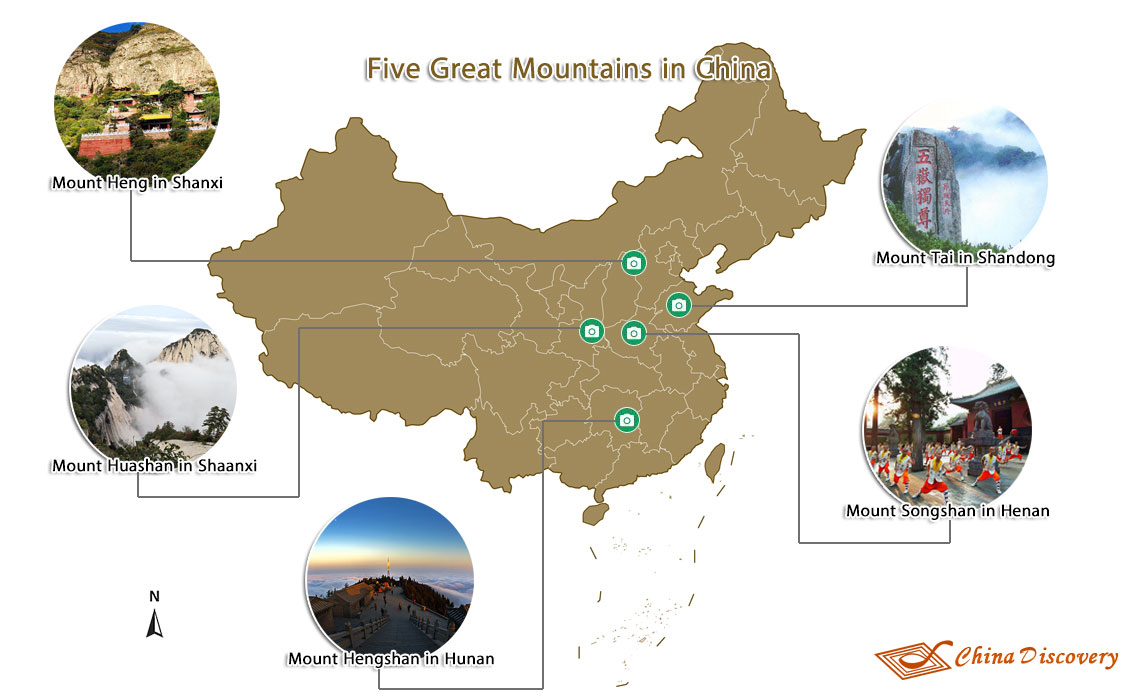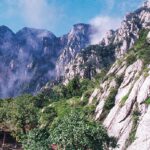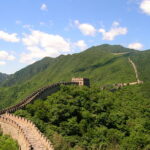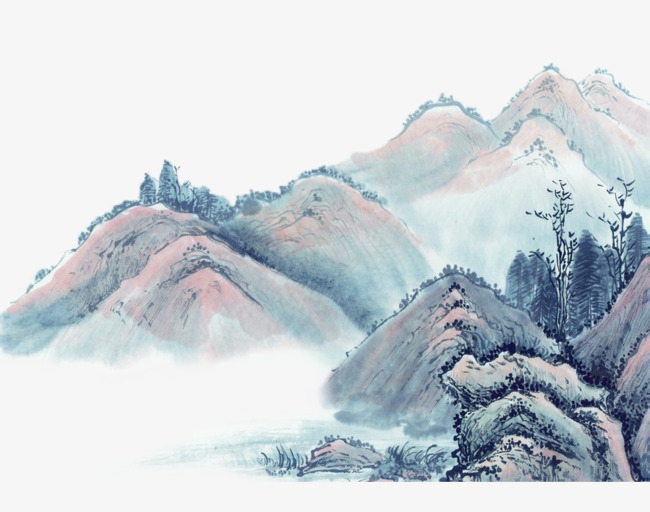
ome are elegant or magnificent, while some of them are given articular meanings like the Five Great Mountains for Taoism and the Four Sacred Mountains of Buddhism. Owning to their varied figures, unique natural environment and religious significance, they have attracted people from all over the world.

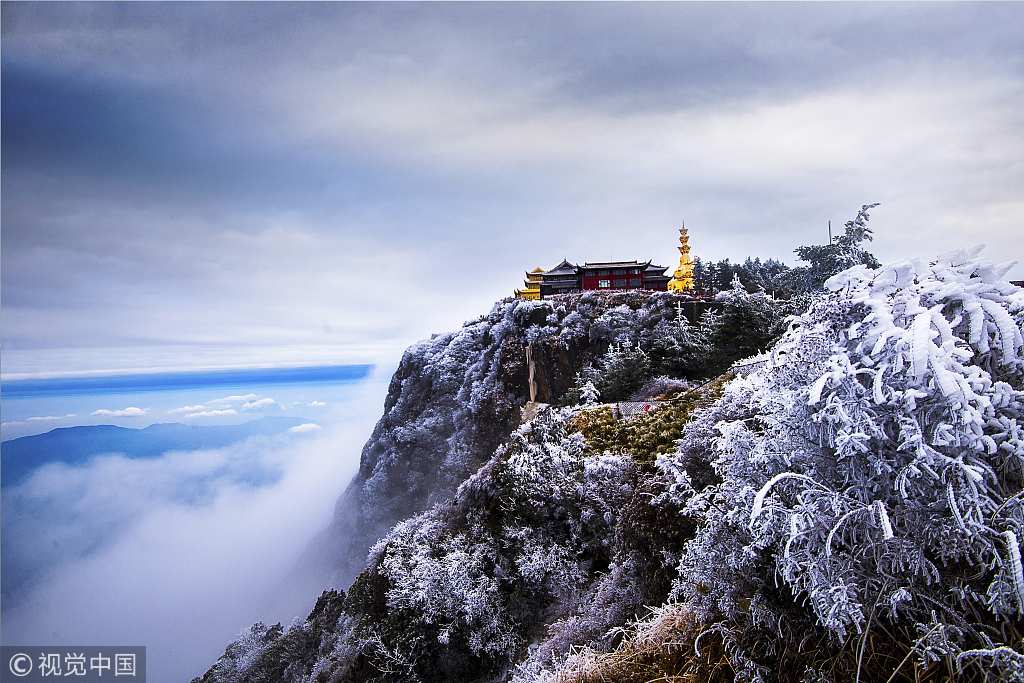
1. Emei Mountain: China’s Famous Buddhist Mountain
Mount Emei (峨眉山) is one of the best-known summer destinations because of its pleasant weather, lovely natural scenery, and deep-rooted Buddhist culture. At an elevation of 3,077 meters above sea level, the Golden Summit is the best place for viewing. The color of clouds changes from dark purple to red as the sun rises and peaks are surrounded by a fabulous sea of clouds. If you are lucky, you will see the rare Buddhist Light (a rare natural halo). The Golden Buddha on the summit is the highest golden Buddha in the world and the first artistic design of the ten-direction statue of Samantabhadra. It has become a symbol of Mt. Emei. Mt. Emei is a good place for seeing the autumn leaves. The mountain dons a golden-red coat in autumn when leaves change color across the mountain. The best places for appreciating the superb view are Wannian Temple, the Elephant Washing Pool, and the Golden Summit.
Sichuan, China
3,099m above sea level
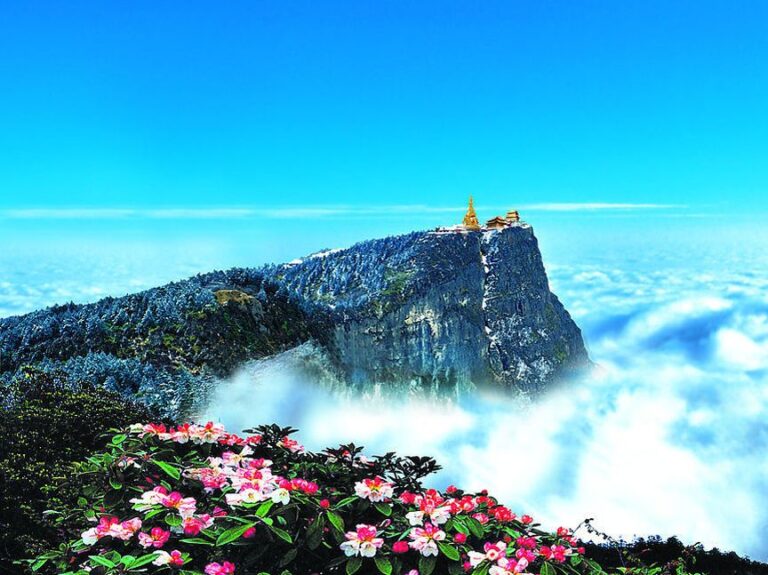
![CN-779-1-01D[1]](https://hobbymart.net/wp-content/uploads/2022/03/CN-779-1-01D1-768x514.jpg)
![mountain-emei-snow[1]](https://hobbymart.net/wp-content/uploads/2022/03/mountain-emei-snow1-768x512.jpg)

2. Huashan Mountain: The World's Most Dangerous Hiking Trail
Mount Hua (华山) is famous for its natural steep crags and narrow paths. At a height of around 2,155 meters, Mount Hua's five peaks create its unique scenery. Huashan has five major peaks according to different directions. The East Peak is the best place for seeing sunrise; the North Peak is famous for its sea of clouds; the South Peak is the highest peak of Mount Hua; the West Peak is a huge rock shaped like a lotus flower; the Middle Peak is at the center of the peaks. The route up the mountain is known as one of the most dangerous hikes in the world for its many exposed, narrow pathways with precipitous drops. For example, the way from the North Peak to the South Peak is on a cliff face. The mountain also has several remarkable Taoist temples such as Jade Spring Temple and Xiyue Temple.
Shaanxi, China
2,155m above sea level
![MontHuashan3[1]](https://hobbymart.net/wp-content/uploads/2022/03/MontHuashan31-768x511.jpg)
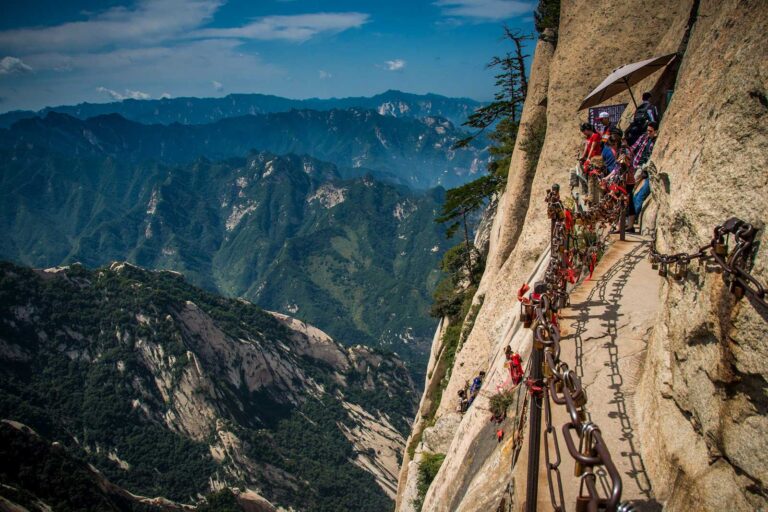
![MontHuashan2[1]](https://hobbymart.net/wp-content/uploads/2022/03/MontHuashan21-768x511.jpg)
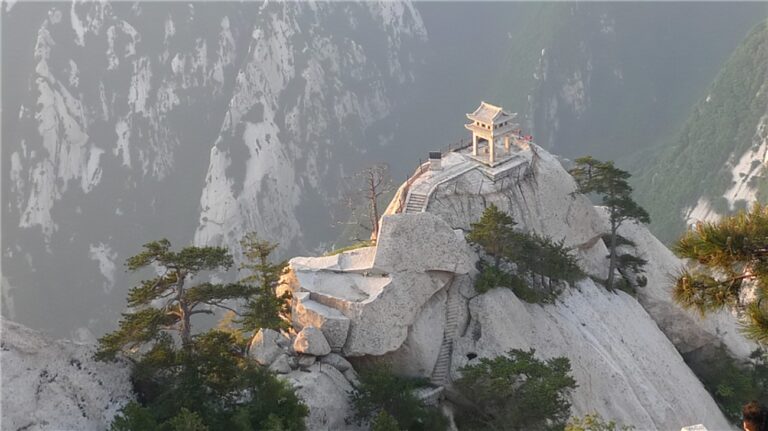

3. Huangshan: Rugged Hiking and Stunning Vistas
Constituting one of China’s most famous and beautiful mountain ranges, Huangshan (黄山), or the Yellow Mountains, is famous for its spectacular scenery, the "four natural wonders": 1) Huangshan’s pines are found in various shapes and sizes, firmly rooted in granite. Some stand alone on peaks, while others hang downwards from the cliffs. 2) The many oddly-shaped rocks are famous for their strange appearance. They can resemble human beings or animals depending on the angle from which you look. 3) Clouds are like the clothing or seas of the Yellow Mountains, often making the peaks seem like variously large and small islands with stunning vistas. 4) The hot springs of the Yellow Mountains were renowned for the Yellow Emperor, the earliest ancestor of the Chinese nation, who bathed in the springs and grew younger as a result.
Anhui, China
1,800m above sea level
![226_638900[1]](https://hobbymart.net/wp-content/uploads/2022/03/226_6389001-768x512.jpg)
![226_186309[1]](https://hobbymart.net/wp-content/uploads/2022/03/226_1863091-768x512.jpg)
![226_309580[1]](https://hobbymart.net/wp-content/uploads/2022/03/226_3095801-768x346.jpg)
![maxresdefault[1]](https://hobbymart.net/wp-content/uploads/2022/03/maxresdefault1-2-768x432.jpg)

4. Mount Tai: Symbolizing the Country’s Prosperity and Peace
Mount Tai (泰山) is foremost among China’s Famous Five Mountains and has been regarded as a symbol of the Chinese spirit for over 2,000 years. Symbolizing power and peace in ancient times, dozens of emperors came here to worship heaven and earth. Taishan is a mountain with a blend of Taoist and Buddhist culture. There are over 20 ancient building complexes and 2,200 historical relics in total. There are 2 must-see attractions on the mountainThe first is Jade Emperor Peak, at the summit of Mount Tai, which offers tourists amazing views of the entire mountain, including Sunrise, sunset, and a sea of clouds. The second is Bixia Temple, first built in 1008 and restored in 1770, which has a gilded bronze sculpture of a Taoist Goddess placed in its main hall..
Shandong, China
1,545m above sea level
![Tai-Mountain[1]](https://hobbymart.net/wp-content/uploads/2022/03/Tai-Mountain1.jpg)
![1-mount-tai-babak-tafreshiscience-photo-library[1]](https://hobbymart.net/wp-content/uploads/2022/03/1-mount-tai-babak-tafreshiscience-photo-library1-768x512.jpg)
![Img214336568[1]](https://hobbymart.net/wp-content/uploads/2022/03/Img2143365681.jpg)
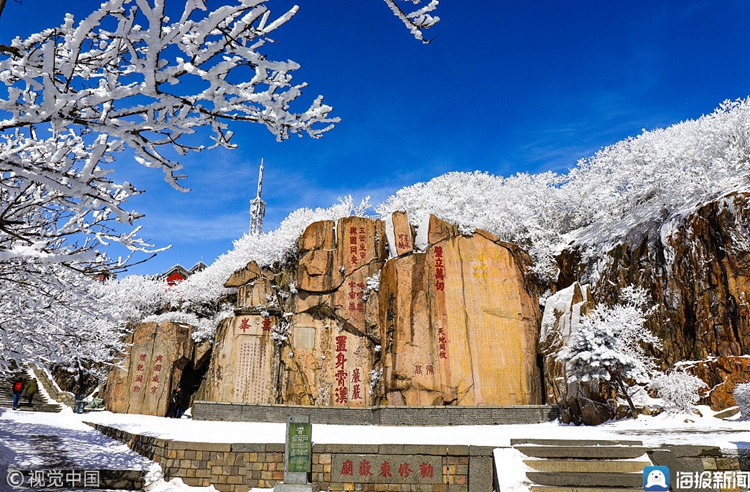
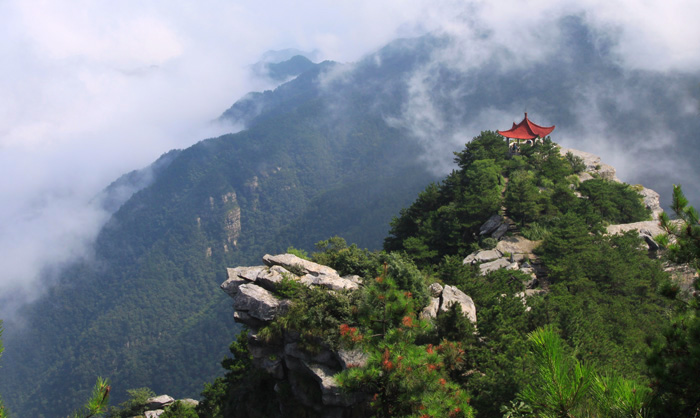
5. Mount Lu: Waterfalls in the Mist
Mount Lu (庐山) is another summer getaway in China and is renowned for its combination of streams, lakes, clouds, cliffs, and waterfalls. The Three-tier Waterfalls (Sandiequan, 三叠泉) is one of the must-visits. As the name implies, a waterfall first falls upon a huge flat rock, then continues its fall onto a second rock, and finally lands on the bottom small lake, forming the interesting view of three-step waterfalls. With a drop of 155 meters, the three waterfalls appear quite different at different times of the year. They are vigorous in spring and early summer but become mere trickles in midsummer and winter. Mount Lu is also a religious center, with six kinds of meeting-place (Buddhist, Taoist, Protestant, Catholic, Orthodox Eastern, and Islamic). There are churches, temples, and mosques in the vicinity, making it a good place for finding out about different religious cultures.
JiuJiang, China
1,474m above sea level
![8da583_d271790b30794e0189e7f3cd0445904f~mv2[1]](https://hobbymart.net/wp-content/uploads/2022/03/8da583_d271790b30794e0189e7f3cd0445904fmv21-768x362.jpg)
![CghzflW23qCACM2EACDoZY8FkAQ701_C_750_500[1]](https://hobbymart.net/wp-content/uploads/2022/03/CghzflW23qCACM2EACDoZY8FkAQ701_C_750_5001.jpg)
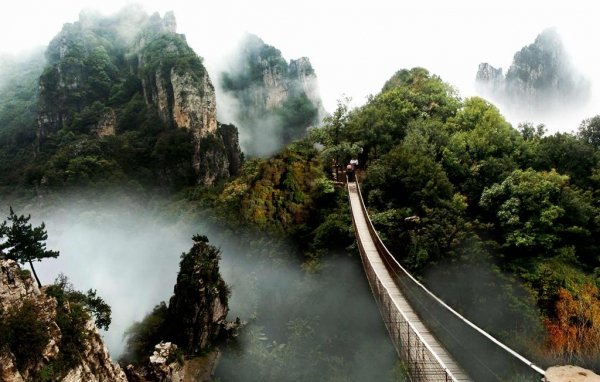
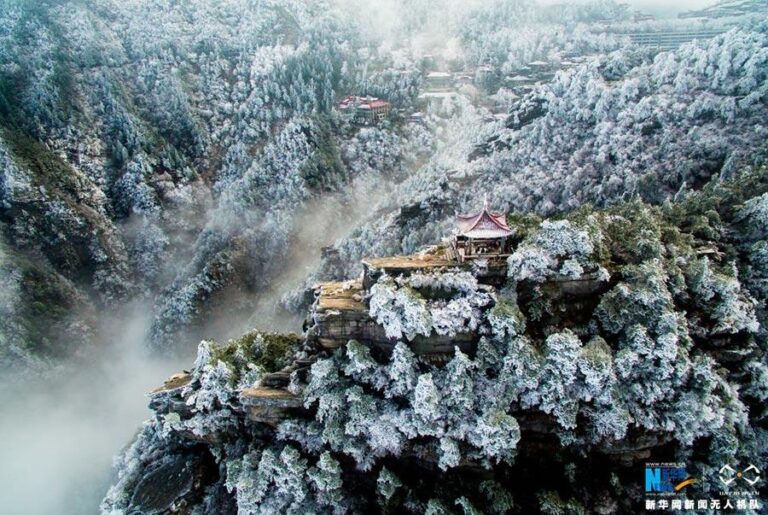
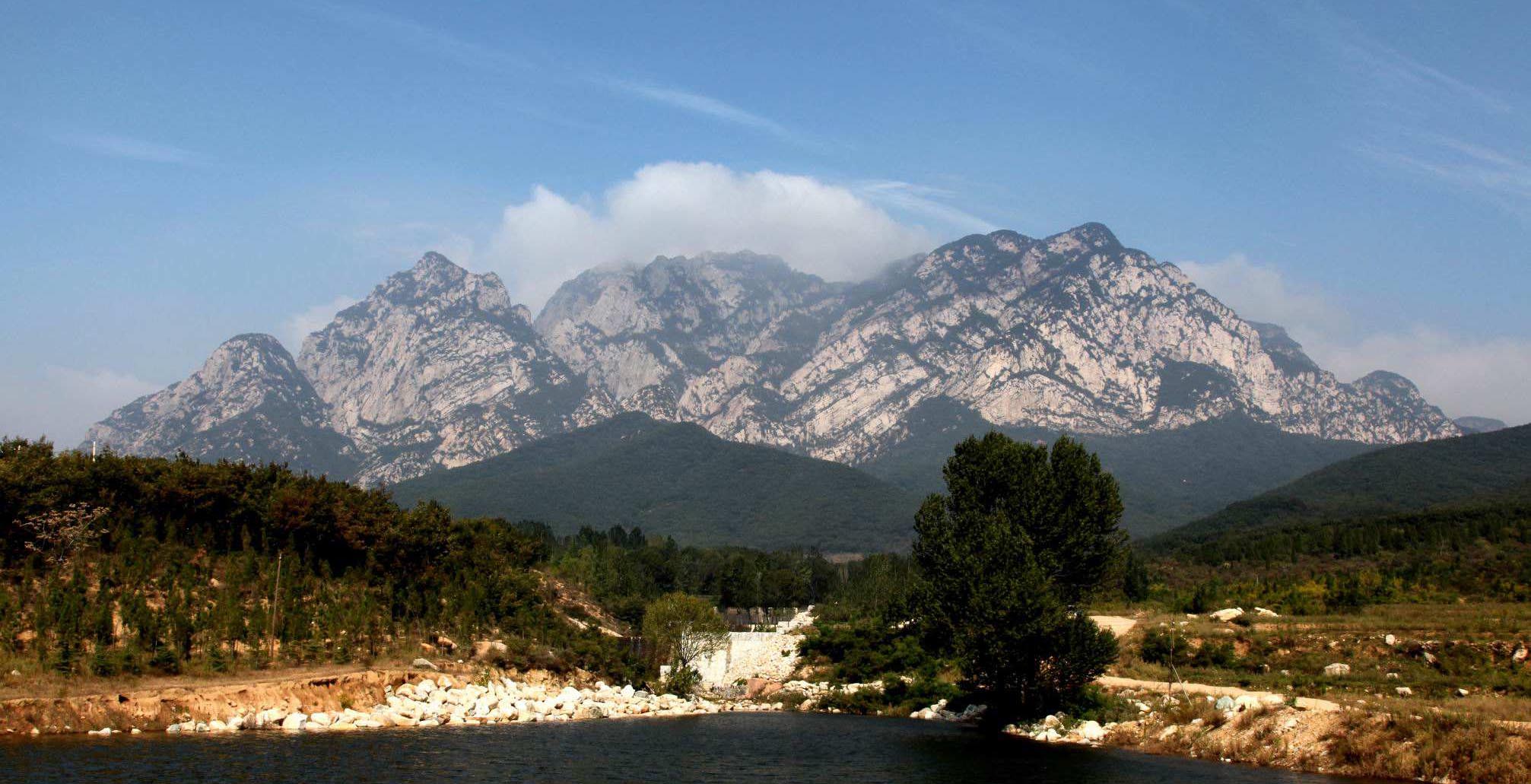
6. Mount Song: Home to Chinese Kungfu
Mount Song (嵩山) is the birthplace of Chinese Buddhist Zen and the holy ground of Taoism. It is well known for Shaolin Temple, the birthplace of Wushu (i.e. Chinese Kungfu), and an excellent place for enjoying Chinese martial arts. At a height of 1,491.7 meters, Mount Song provides beautiful scenery including peaks, valleys, waterfalls, water pools, and caves. The highlights of Mount Song include the Shaolin Temple; Shaolin Pagoda Forest (the largest pagoda forest in China); Songyue Temple Pagoda; the oldest cypress; as well as the earliest star observation platform in China.
Henan, China
1,491m above sea level

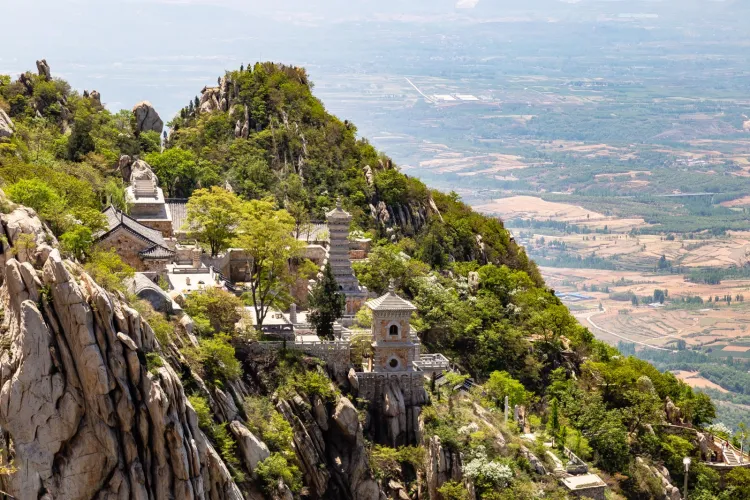
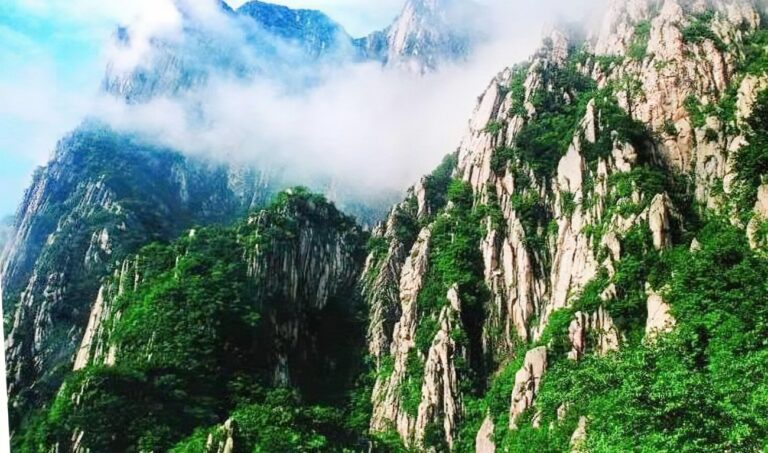
![july-–-dengfeng-china-–-tourists-walk-mount-songshan-tallest-sacred-mountains-china-dedicated-to-taoism-138227358[1]](https://hobbymart.net/wp-content/uploads/2022/03/july-aE-dengfeng-china-aE-tourists-walk-mount-songshan-tallest-sacred-mountains-china-dedicated-to-taoism-1382273581-768x512.jpg)

7. Mt. Hengshan of South China
As one of the Five Great Mountains of China, with a height of 1,300.2 m, Mt. Hengshan locates in Hunan Province, is famous for its superb natural scenery and brilliant religious culture, which earning it a place on the UNESCO World Natural and Cultural Heritage Site list. Because of the ideal climate conditions, Mt. Hengshan keeps green all year around. And the natural scenery in this scenic area makes it reputed as a "solitary beautiful mountain in southern China". It is also the religious centre of south China, the scared place of Taoism and the birth place of several Buddhism Schools. It has four blessed spots of Taoist, the Zhuling Cave Heaven and Qingyu Tan, Guangtian Tan and Donglingyuan four Heavenly Abodes.
Hunan, China
1,300m above sea level
![p102_d20131105110629[1]](https://hobbymart.net/wp-content/uploads/2022/03/p102_d201311051106291.jpg)
![407419cdb6dd7f787c97ff745f8514cb[1]](https://hobbymart.net/wp-content/uploads/2022/03/407419cdb6dd7f787c97ff745f8514cb1.jpg)
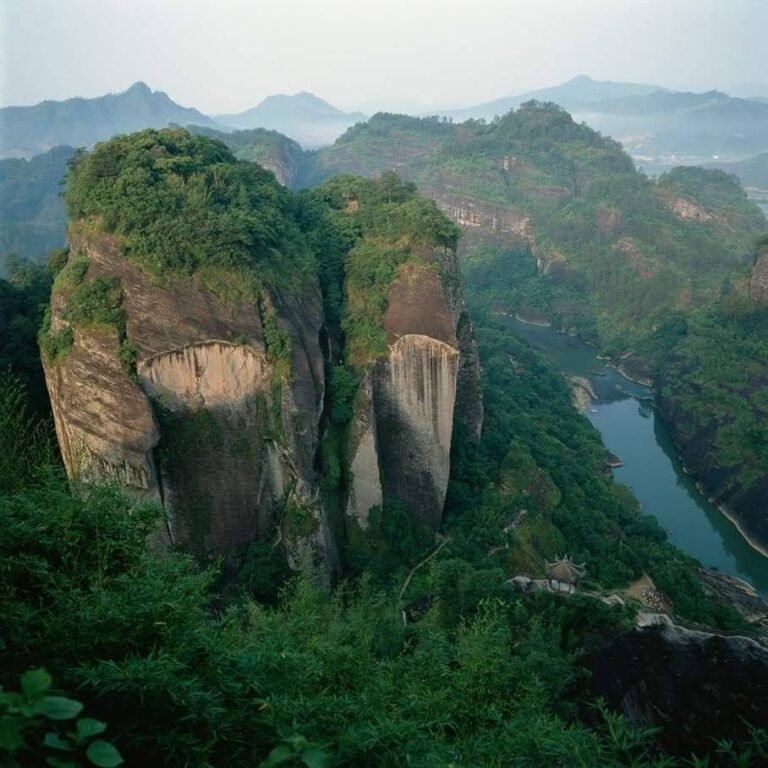
![mount-hengshan-winter[1]](https://hobbymart.net/wp-content/uploads/2022/03/mount-hengshan-winter1.jpg)

8. Mount Heng of Central China
Mount Heng, also known by its Chinese name Hengshan, is a mountain in north-central China's Shanxi Province, known as the northern mountain of the Five Great Mountains of China. Heng Shan in Shanxi Province is sometimes known as the Northern Heng Shan, and the one in Hunan Province as Southern Heng Shan. Both mountains have the same pronunciation in Chinese, and the Southern Heng Shan is also one of the Five Sacred Mountains.
Shanxi, China
2,017m above sea level
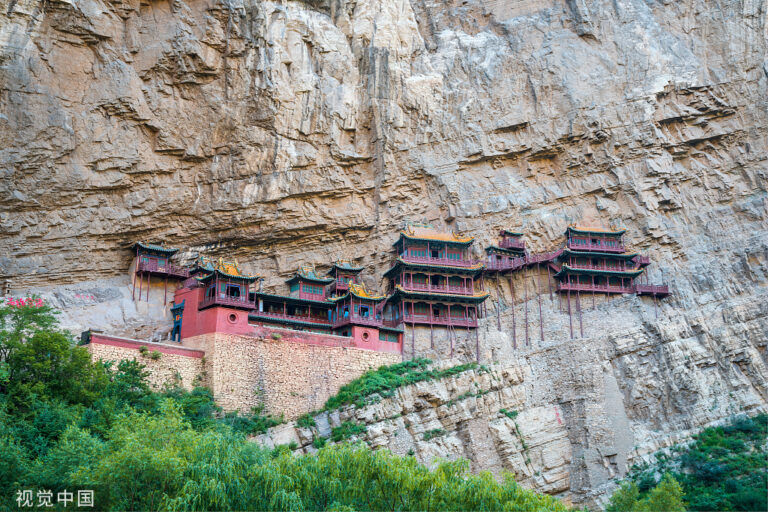
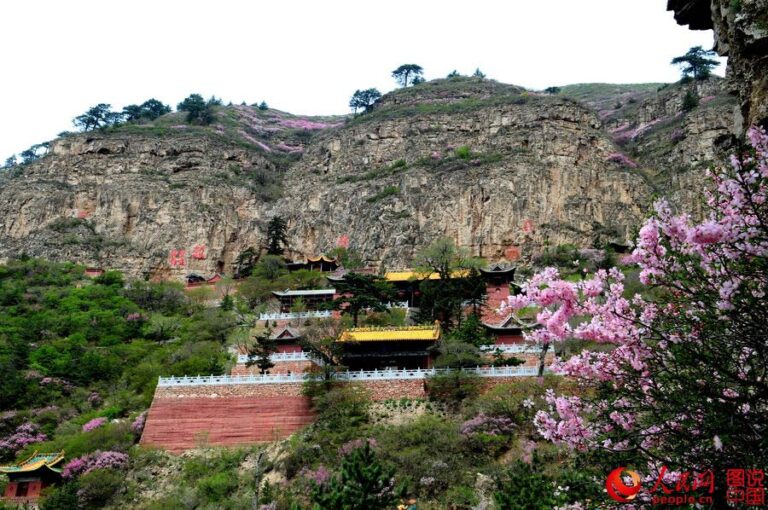
![cf68f093a0caed7facadebc7050089a5[1]](https://hobbymart.net/wp-content/uploads/2022/03/cf68f093a0caed7facadebc7050089a51.jpg)

9. Mount Wudang
The Wudang Mountains 武当山; traditional Chinese: 武當山 consist of a mountain range in the northwestern part of Hubei, China, just south of Shiyan. They are home to a famous complex of Taoist temples and monasteries associated with the god Xuanwu. The Wudang Mountains are renowned for the practice of Tai chi and Taoism as the Taoist counterpart to the Shaolin Monastery, which is affiliated with Chinese Chán Buddhism. The Wudang Mountains are one of the "Four Sacred Mountains of Taoism" in China, an important destination for Taoist pilgrimages. The monasteries such as the Wudang Garden were made a UNESCO World Heritage Site in 1994 because of their religious significance and architectural achievement.
Shiyan, China
1,612m above sea level
![Wudang-Mountain-3[1]](https://hobbymart.net/wp-content/uploads/2022/03/Wudang-Mountain-31-768x512.jpg)
![wudang-mountain3-768x512[1]](https://hobbymart.net/wp-content/uploads/2022/03/wudang-mountain3-768x5121-1.jpg)
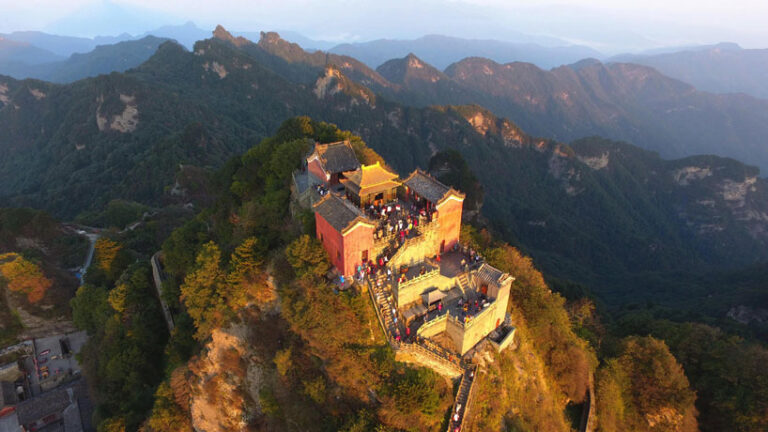
![8-4[1]](https://hobbymart.net/wp-content/uploads/2022/03/8-41-768x512.jpg)
10. Mount Qingcheng
Mount Qingcheng (Chinese: 青城山; pinyin: Qīngchéng Shān) is a mountain in Dujiangyan, Sichuan, China. It is considered one of the birthplaces of Taoism (Daoism) and one of the most important Taoist centres in China. In Taoist mythology, it was the site of the Yellow Emperor's studies with Ning Fengzi. As a centre of the Taoist religion it became host to many temples. The mountain has 36 peaks. It is home to Dujiangyan Giant Panda Center and since 2000 has been listed as a UNESCO World Heritage Site.[2] Mount Qingcheng was affected by the Wenchuan Earthquake in 2008.
Sichuan, China
1,312m above sea level
![dujiangyan-mount-qingcheng-1140[1]](https://hobbymart.net/wp-content/uploads/2022/03/dujiangyan-mount-qingcheng-11401-768x298.jpg)
![Trail-to-the-Mount-Qingcheng-China[1]](https://hobbymart.net/wp-content/uploads/2022/03/Trail-to-the-Mount-Qingcheng-China1-768x512.jpg)
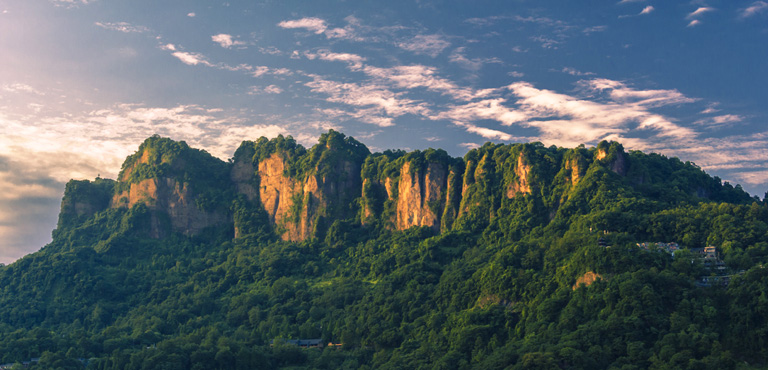
![MountQingchengTicketChengdu[1]](https://hobbymart.net/wp-content/uploads/2022/03/MountQingchengTicketChengdu1-768x427.jpg)

11. Mount Longhu
Mount Longhu (Chinese: 龙虎山; pinyin: Lónghŭ Shān; lit. 'Dragon Tiger Mountain', Gan: Lung-fu San) is located in Jiangxi, China. It is famous for being one of the birthplaces of Taoism, with many Taoist temples built upon the mountainside. It is particularly important to the Zhengyi Dao as the Shangqing Temple and the Mansion of the Taoist Master are located here.[1] It is known as one of the Four Sacred Mountains of Taoism. Two notable temples on Mount Longhu are the temples of Immortal City (仙岩) and Zheng Yi (正一), both founded by Zhang Daoling (张道陵), the Han Dynasty founder of the religion. There are more Taoist temples in nearby Shangqing (上清), one of which is mentioned in the beginning of the famous Chinese novel Outlaws of the Marsh (水滸傳).
Jiangxi, China
150m above sea level
![Mount-Longhu-5A-Jiangxi[1]](https://hobbymart.net/wp-content/uploads/2022/03/Mount-Longhu-5A-Jiangxi1.jpg)
![1ca08d53-68f5-4e8c-bf23-a4c224ceac11_0[1]](https://hobbymart.net/wp-content/uploads/2022/03/1ca08d53-68f5-4e8c-bf23-a4c224ceac11_01-768x432.jpg)
![longhu-mountain-typical-danxia-landform-located-yingtan-city-jiangxi-province-also-famous-taoism-beautiful-reflection-149886909[1]](https://hobbymart.net/wp-content/uploads/2022/03/longhu-mountain-typical-danxia-landform-located-yingtan-city-jiangxi-province-also-famous-taoism-beautiful-reflection-1498869091-768x516.jpg)
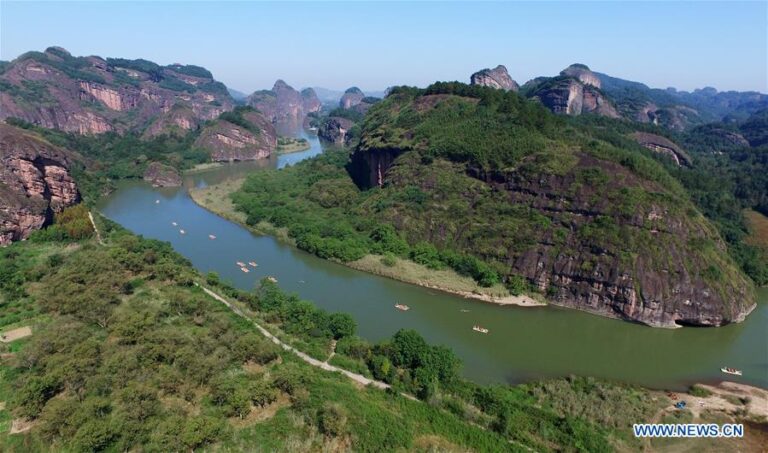

12. Mount Qiyun
Mount Qiyun (simplified Chinese: 齐云山; traditional Chinese: 齊雲山; pinyin: Qíyún Shān; lit. 'Cloud-High Mountain') is a mountain and national park located in Xiuning County in Anhui Province, China. It lies at the foot of the Huangshan mountain range some 33 kilometres (21 mi) to the west of Huangshan City and is known as one of the Four Sacred Mountains of Taoism. Noted for its numerous inscriptions and tablets, as well as monasteries and temples, the highest point of the mountain rises to 585 metres (1,919 ft).
Anhui, China
585m above sea level

![7093478689_175623e520_b[1]](https://hobbymart.net/wp-content/uploads/2022/03/7093478689_175623e520_b1-768x512.jpg)
![8cd792fb-e16e-4816-b8ef-ef5aed6c393c[1]](https://hobbymart.net/wp-content/uploads/2022/03/8cd792fb-e16e-4816-b8ef-ef5aed6c393c1-768x533.jpg)
![1e[1]](https://hobbymart.net/wp-content/uploads/2022/03/1e1.jpg)
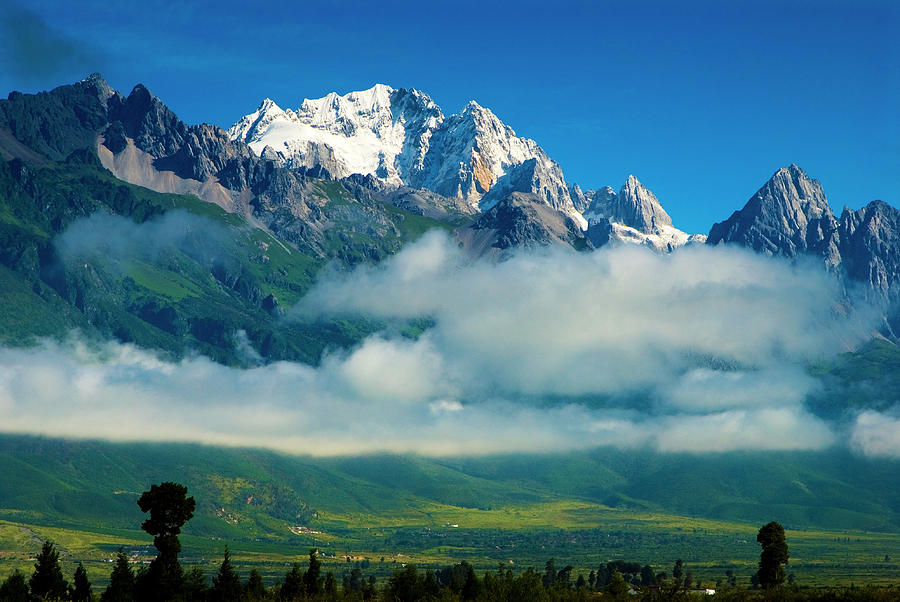
13. Jade Dragon Snow Mountain: Idyllic Landscape
Jade Dragon Snow Mountain (玉龙雪山) is always sprayed with snow, so if you look from a distance, it looks like a silver-white dragon, which accounts for its name. The landscape of snow, water, forests, and meadows, creates many popular attractions on the mountain, including Ganhaizi Meadow, Yak Meadow, White River (Blue Moon Valley), and Spruce Meadow. Ganhaizi is an open meadow at the east of the mountain where visitors can see the 13 snow-covered peaks of the mountain and it is the best place to look up at the whole of Jade Dragon Snow Mountain. There’s even a golf course with the longest fairway in the world. White River is in a deep and serene valley with fickle colors. The water of the river seems white, as it flows over a riverbed of white marble. The river turns blue on rainy days. Besides, the shape of the valley resembles the moon, so it is also called Blue Moon Valley.
Yunnan, China
5,596m above sea level
![View-of-the-Jade-Dragon-Snow-Mountain[1]](https://hobbymart.net/wp-content/uploads/2022/03/View-of-the-Jade-Dragon-Snow-Mountain1-768x512.jpg)
![4173[1]](https://hobbymart.net/wp-content/uploads/2022/03/41731-768x472.jpg)
![PA270018-scaled-e1593059921952[1]](https://hobbymart.net/wp-content/uploads/2022/03/PA270018-scaled-e15930599219521-768x576.jpg)
![100a11000000qwn8x3495_Z_1000_0[1]](https://hobbymart.net/wp-content/uploads/2022/03/100a11000000qwn8x3495_Z_1000_01-768x511.jpg)
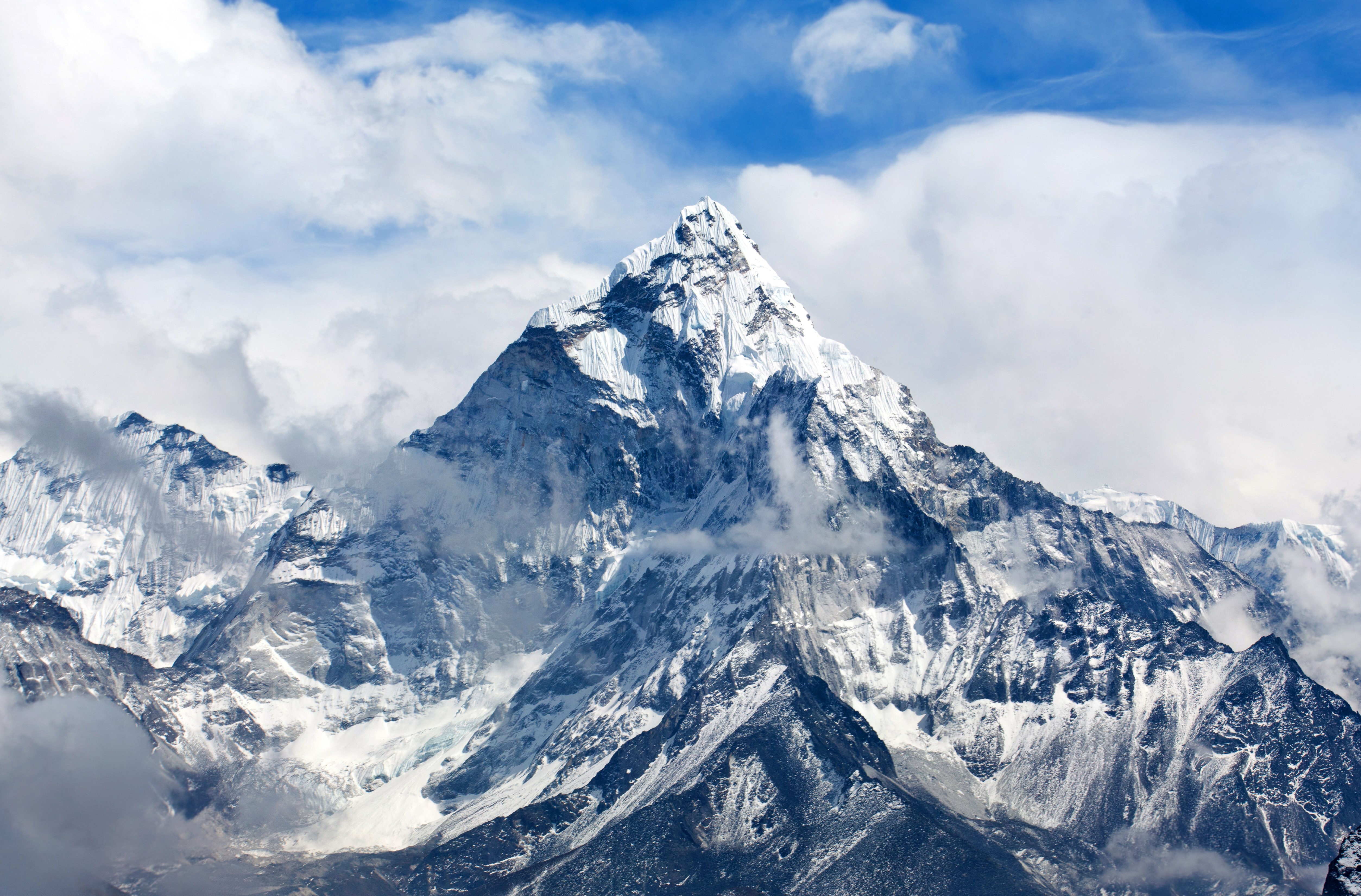
14. Mount Everest
Stood at the south part of Tingri County in southern Tibet, Mt. Everest, or Qomolangma in Tibet, is the highest mountain of the world. With a height of 8,848 m above sea level, this mountain is permanently covered with snow. Its body assumes the shape of a pyramid with its peak stabbed the sky. Its snow peak sends out silver radiance year after year. Its waist is hidden in the clouds. As the earth’s highest mountain, it is the ultimate goal of every mountain lovers. The optimum weather to visit Mt. Everest is from April to June, a golden period for mountaineers. But due to its complicated and volatile natural environment, it is actually a tough job even for those well-experienced mountaineers.
Tibet, China
8,848m above sea level
![a-sweeping-panorama-of-mount-everest-at-the-last-light-in-sagarmatha-national-park--nepal--73265303-5aece502119fa80037690d37[1]](https://hobbymart.net/wp-content/uploads/2022/03/a-sweeping-panorama-of-mount-everest-at-the-last-light-in-sagarmatha-national-park-nepal-73265303-5aece502119fa80037690d371-768x489.jpg)
